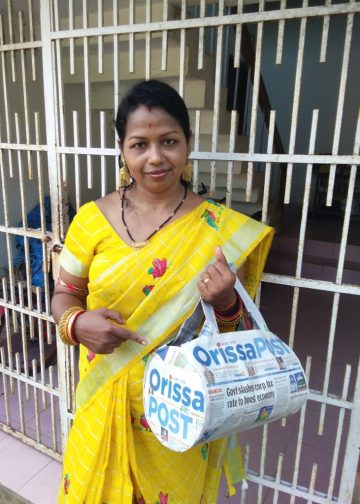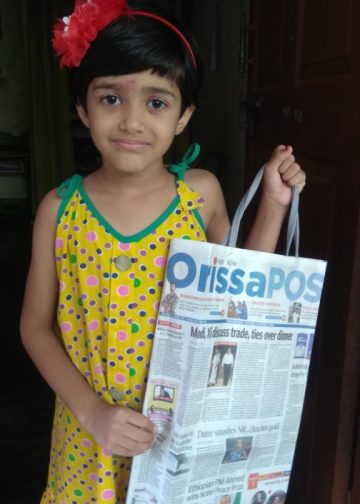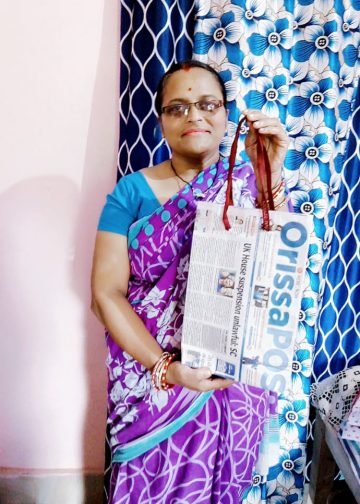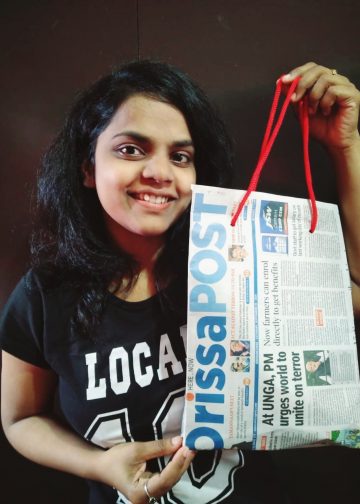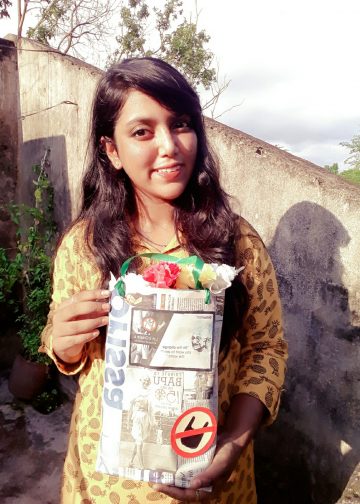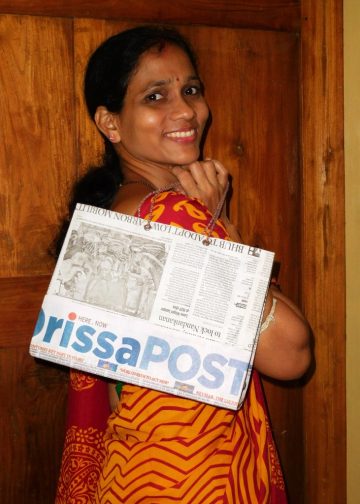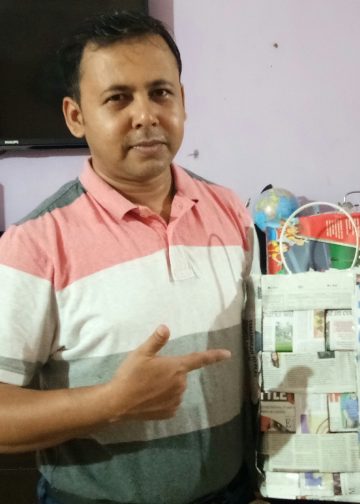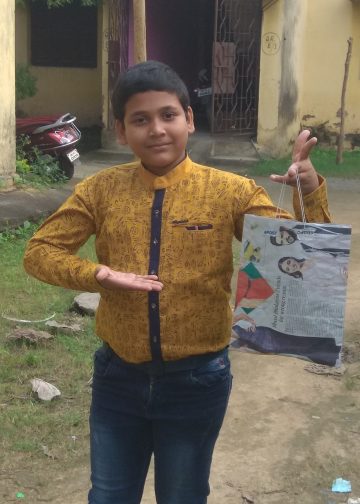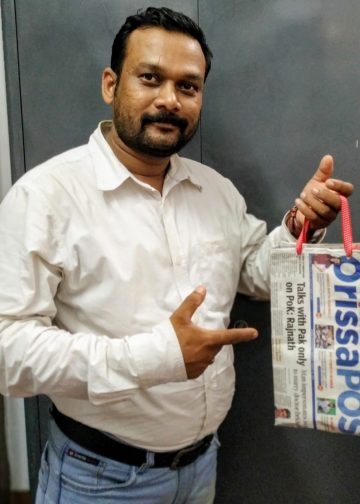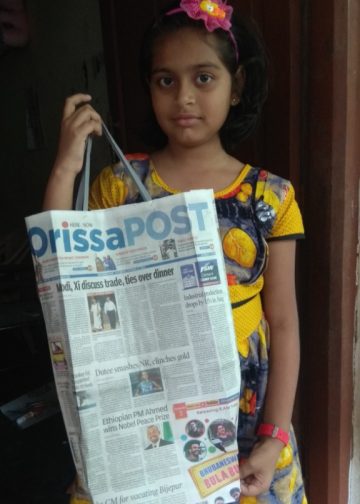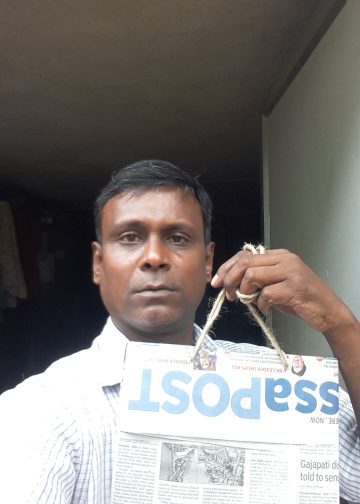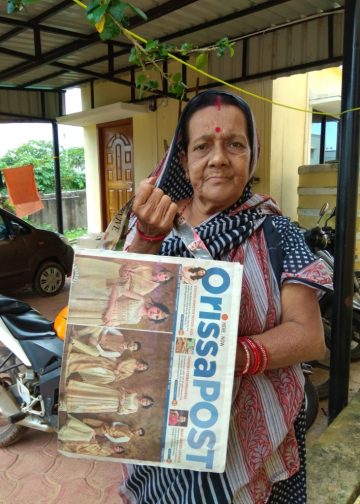
Debasish Acharya
Post News Network
E-commerce is truly an example of a disruptive business model, advent of which has changed the way people shop in this country. It’s like a modern day market place which is slowly but steadily challenging the dominance of the concept of traditional market. From a chaotic, bargain hunting place, which the traditional market stands for; e-commerce has fast emerged as a business model that has crept into the drawing rooms of an aspirational middle class of this country. And a state like Orissa is no exception. With rising income levels, rapid urbanisation and growing middle class; e-commerce is fast catching up in the state. Though there are no valid data points in public domain to bolster this argument, customer feedbacks and views of different business groups indicate towards this trend.
For example, market size of e-commerce players like Flipkart, Snapdeal, Amazon, Jabong are growing fast and eating into the share of offline players (shopkeepers) in IT and IT related products like mobile phones, computers, laptops in the state.”Price difference in online sale is impacting offline sales adversely. Sales through online route now have 20-25 per cent market share in the state, which is growing by 10-15 per cent annually. It may reach 50 per cent level in the near future,” Secretary of Information Technology Association of Orissa, Dayananda Ratho told Orissa Post here.”Sales by e-commerce players in IT and IT related sector have increased rapidly during last two years and is likely to sustain this momentum in the near future because of high discounts as well as delivery services,” he added.
On its impact on offline retailers Ratho said that the impact is largely felt in big cities compared with smaller one. He, however, demanded a level-playing filed in taxation to bring parity among different players working in this segment. “We have to wait till the uniform tax code like Goods and Services Tax (GST) comes into play which will bridge the price gap between offline and online players.”
Similarly, commenting on the issue, General Secretary of Orissa Garments Association, Avinash Chhapolia said, “Market size of online player in branded cloth segment in Orissa stands at about 5-6 per cent. However, in T-shirts segment, it has a market share of around 20 to 30 per cent.” He also said, “Though online sales have minimal impact on offline sales of garments, but it has garnered a sizeable market share in some segments.” Lack of proper fitting, designs and unavailability of latest trends through online route were some reasons for the slow growth of this segment, he added.
Youth- a major segment:
Youth of major cities of the state are now slowly turning to e-commerce players for purchase of electronic gadgets and apparels. As most of the young people are internet savvy, online route has emerged as the preferred mode of buying. Another phenomenon has supplemented this trend. Accessing internet through smartphones is largely contributing towards this new found love for online buying.
Miles to go:
Despite online players making inroads into major cities of the state, buyers in rural areas are yet to set their eye on this route. Poor internet connectivity, lack of distribution network of e-commerce players are some of the reasons that can be attributed for such low response. So, it will be interesting to see how online players tap this largely virgin market of the state and how offline players fight it out to protect their market share.







